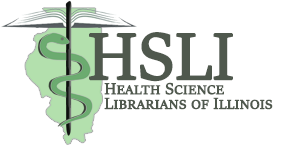For anyone who is not familiar with it, the health.gov website has a useful page on health literacy. The page discusses the Health Literate Care Model, a strategy for making health literacy an organization-wide priority that is part of all elements of operations and planning. Following the guidelines in the Care Model, the page recommends a number of strategies for delivering health-related information to patients and others in the most effective manner possible. Among these suggestions are the following.
Using a “universal precautions approach”-all patients should be treated as if they likely will not comprehend health-related information; if a patient does already have some knowledge of the relevant issues and treatment, that can be taken into account (see below)
Designing an effective delivery system-staff who deliver care should play roles tailored to the specific degree of health literacy possessed by individual patients, which will help in delivering information as directly and efficiently as possible
Improving verbal interaction-care providers should state information in plain language, using as little medical jargon as possible, and should always be willing to answer questions from the patient (or, if the patient does not have any, ask if she or he needs to know anything else)
Improving written communication-in cases in which care providers can’t interact with patients face-to-face, it is critical that information conveyed in a written format be easy enough to understand that patients can follow up on any advice or instructions in the material; in some cases, visual images, such as graphics or charts, might be useful in conveying key concepts
Seeking feedback from patients and caregivers-patients (and, when applicable, their caregivers) can provide valuable feedback on not just how information is worded, but what information is conveyed in the first place (i.e., too little information to understand a health issue, or too much information that is irrelevant and merely confuses the patient)
Strengthening community partnerships-doing so makes information as broadly available, and to as many groups, as possible, including those who may not use the organization’s resources on a daily basis, or even be aware of those resources to begin with; this also allows for greater feedback, especially regarding the ways in which information resources can be tailored most effectively for certain groups
To view the health.gov page on the Health Literate Care Model, click here. Under each strategy, there is a link to more-specific information for developing and implementing a plan using some of the suggestions and techniques in that particular strategy. (The “Health Literacy Universal Precautions Toolkit”, which can be accessed here, might be an especially-useful starting point for developing a broader, organization-wide strategy for delivering information more effectively.)
